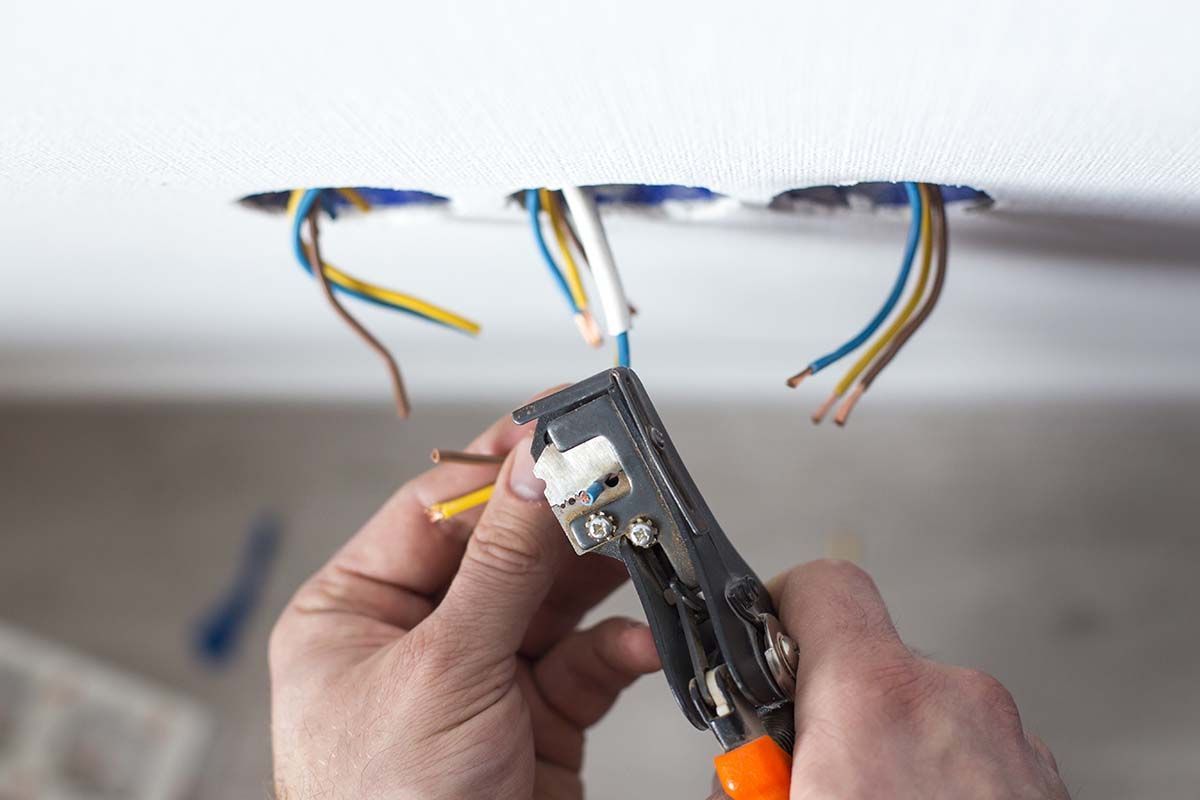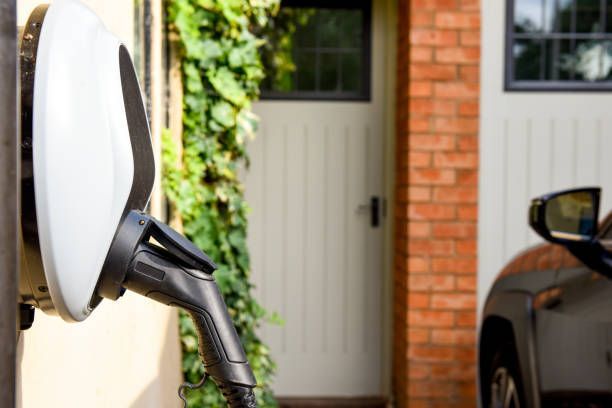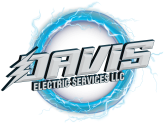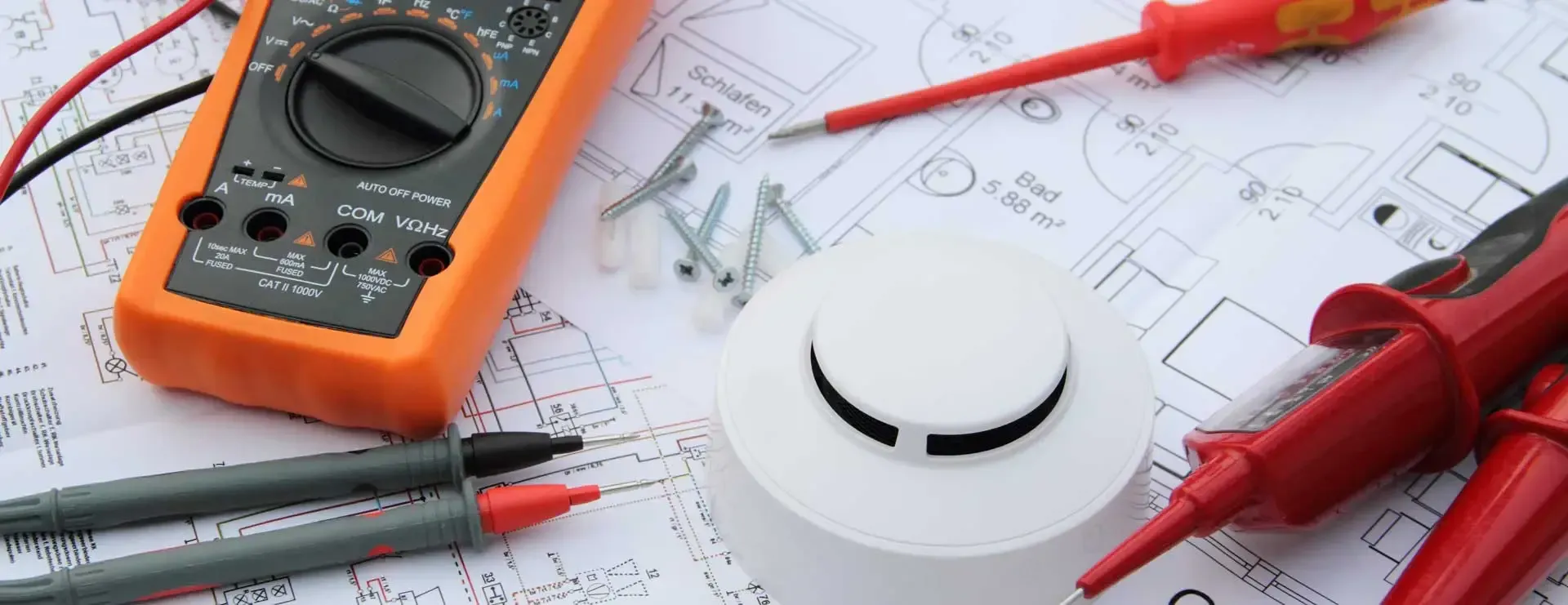Residential Electrical Service Replacement
A residential electrical service replacement typically involves upgrading or replacing the electrical service equipment in a home to ensure that it meets modern standards and provides sufficient power for appliances and devices. Here’s a breakdown of the process:
Why Replace Residential Electrical Service?
- Increased Power Demand: Older homes may have 60-100 amp service, which is insufficient for modern needs. Upgrading to 200 amps or higher is often necessary.
- Outdated Wiring: Homes with outdated wiring (e.g., knob-and-tube, aluminum) or old fuse boxes may not meet current electrical codes.
- Safety Concerns: Aging panels, breakers, or service wires may pose fire hazards or lead to frequent outages.
What’s Involved in a Service Replacement?
- Inspection and Permits: A licensed electrician will inspect the current system and acquire the necessary permits from the local municipality.
- Service Panel Replacement: The main electrical panel (breaker box) is often replaced with a larger, safer unit.
- Meter Base Replacement: If required, the meter socket (base) where the utility meter attaches to the house is also upgraded.
- Service Mast: The pole or conduit running power lines to the house may need replacement if it's damaged or outdated.
- Grounding and Bonding: Proper grounding and bonding must be ensured to meet electrical codes and improve safety.
- Upgrade in Capacity: The home’s electrical service capacity is increased, usually from 100 amps to 200 amps or higher, to handle more circuits and appliances.
Cost Factors
- Panel Upgrade: A panel upgrade (e.g., from 100 amps to 200 amps) may cost between $1,500 and $3,500.
- Meter and Service Mast: Adding or upgrading these components can add $500-$2,000 depending on complexity.
- Labor: Labor costs will vary depending on region and whether any rewiring or additional work is needed.
- Inspection Fees: Fees for permits and inspections can range from $100 to $500.
How Long Does It Take?
The service replacement can typically be completed in a day or two, but the timeline may be extended if there are complications or if a utility company needs to be involved for temporary power disconnection.
DIY or Hire a Professional?
Hiring a Licensed Electrician is critical. Electrical work involves many safety and code compliance issues that most homeowners are not equipped to handle on their own.
Common Upgrades During Replacement
- Addition of arc-fault circuit interrupters (AFCIs) and ground-fault circuit interrupters (GFCIs) for enhanced protection.
- Installation of a whole-home surge protector.
- Upgrading outlets and wiring as needed for more capacity and safety.
Do you need more specific information about a particular aspect of the service replacement?











